Are you uncertain about the exact number of teaspoons in a cup? Look no further! In this article, we will delve into the answer to this common kitchen query and provide you with a comprehensive understanding of the conversion. So, how many teaspoons are there in a cup? The answer may surprise you. A standard US cup contains approximately 48 teaspoons. Join us as we explore the world of teaspoons and cups, demystifying measurements in the kitchen.
This post contains affiliate links.
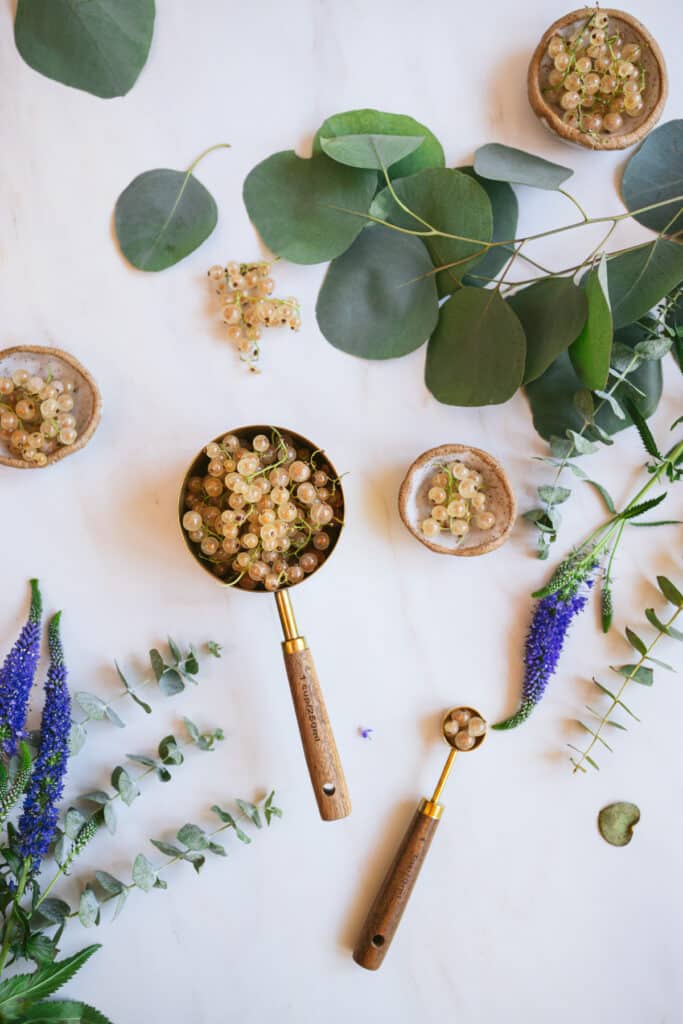
What is a teaspoon?
A teaspoon is a common measuring utensil used in cooking and baking. Teaspoons are typically used to measure small amounts of ingredients, such as spices, flavorings, or liquids. They play a crucial role in achieving accurate and consistent measurements in recipes, ensuring the desired flavors and balance in culinary creations.
Historical Origins
The term “teaspoon” originated from the practice of stirring tea with a small spoon. Over time, this spoon evolved into a standardized unit of measurement. Ancient civilizations recognized the need for consistent measurements, which eventually led to the development of standardized measurement systems.
Measurement Systems
Metric System: In the metric system, a teaspoon is defined as 5 milliliters (ml). This system is widely used in many parts of the world, providing a precise and uniform measurement for British recipes and different countries’ culinary creations.
Imperial System: In the Imperial system, an imperial teaspoon is approximately 5.91 ml. This system is primarily used in the United States and some other countries, often alongside metric measurements.
US Customary System: In the US customary system, a US teaspoon is also approximately 4.93 ml or 1/6 fluid ounce. This system is widely used in the United States for both cooking and serving purposes.
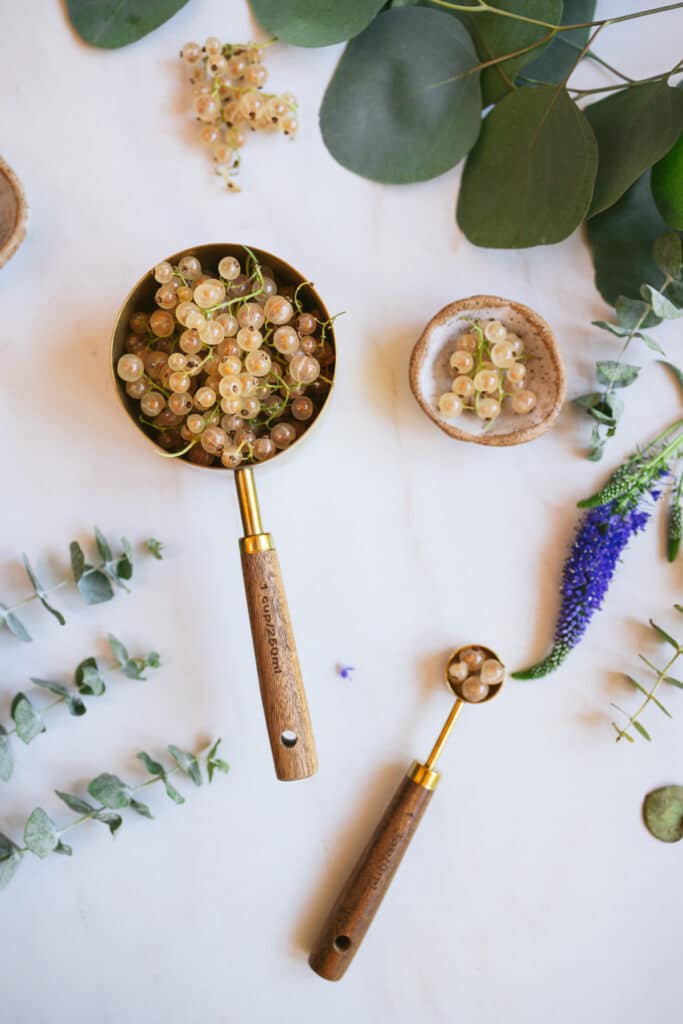
Regional Differences
Teaspoon measurements may vary slightly around the world, leading to differences in the taste and texture of dishes. In the United States, the teaspoon is commonly used in cooking and serving. In some European countries like the United Kingdom, Australia, and Canada, the metric teaspoon measurement is more prevalent, ensuring accuracy in recipes.
Common Terms Associated With Teaspoon
- Imperial system
- Non-metric units
- US teaspoon
- Imperial teaspoon
- Customary teaspoon
- Teaspoon value
- Dessert spoon
Teaspoon Abbreviations
- Tsp
- t (NOT capitalized.)
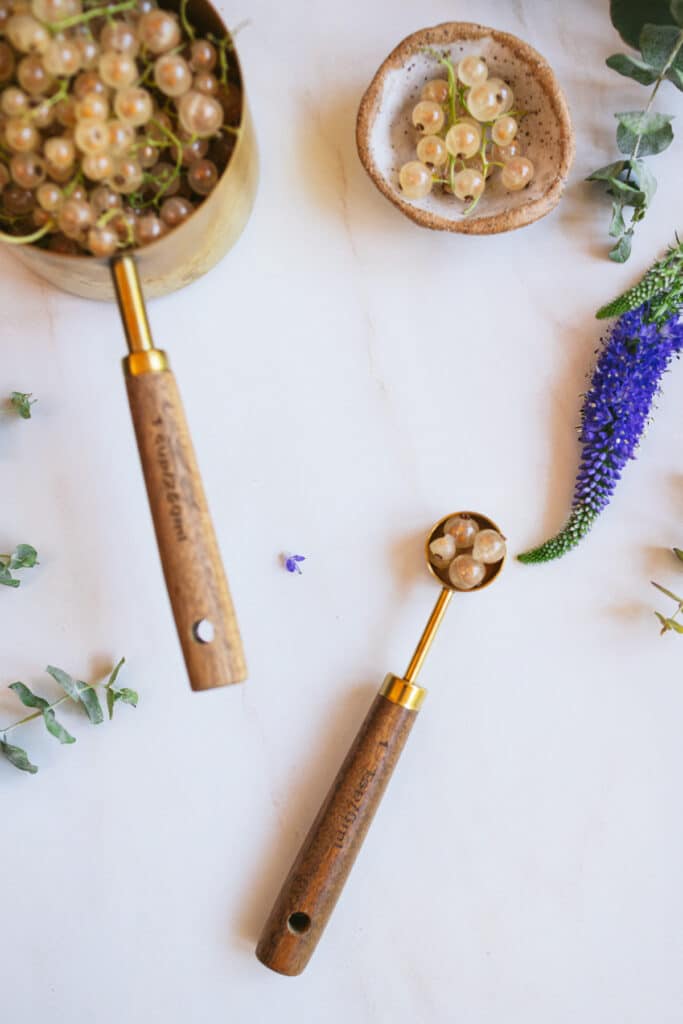
What is a cup?
A cup is a common unit of measurement used in cooking and baking, but its history and usage vary across different regions of the world. Let’s explore the fascinating origins of the cup, its representation in various measurement systems, and the differences in how it is measured and used globally.
Historical Origins
The concept of the cup as a standardized unit of measurement dates back to ancient civilizations. It evolved from the practice of using various containers, such as gourds, shells, and carved stones, to hold liquids. As societies developed, the need for consistent measurements emerged, leading to the adoption of standardized cups.
Measurement Systems
Metric System: In the metric system, a cup is defined as 250 milliliters (ml). This measurement is widely used in many countries, providing a straightforward and uniform unit for culinary purposes.
Imperial System: In the Imperial system, an imperial cup is approximately 284 milliliters (ml) or 9.6 fluid ounces. This system is primarily used in the United Kingdom and some other countries, often alongside metric measurements.
US Customary System: In the US customary system, a cup is approximately 236.6 milliliters (ml) or 8 fl oz. This system is widely used in the United States for cooking, baking, and serving.
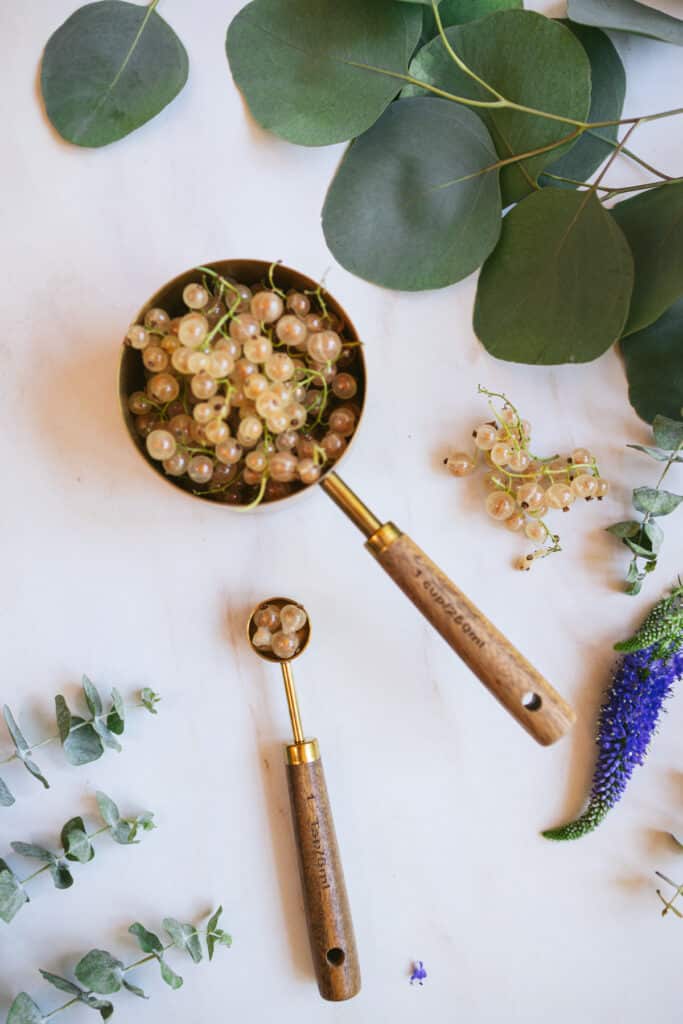
Regional Differences
Cup measurements can vary across regions, leading to differences in recipes and cooking practices. For example, in some countries like Australia and Canada, metric cup measurements (250 ml) are more prevalent. In contrast, the United States primarily relies on customary cup measurements (236.6 ml).
Cups are also used differently around the world. In some cultures, the cup is commonly used as a volume measurement for dry products, while in others, it is predominantly used for liquid measurements. Understanding these variations is crucial for accurate recipe execution.
Common Terms Associated With Cups
- Imperial measurements
- Imperial cup
- US cup
- Cup value
- Legal cup
- Customary cup
- Cup conversions
Abbreviation For Cup
- C
- c
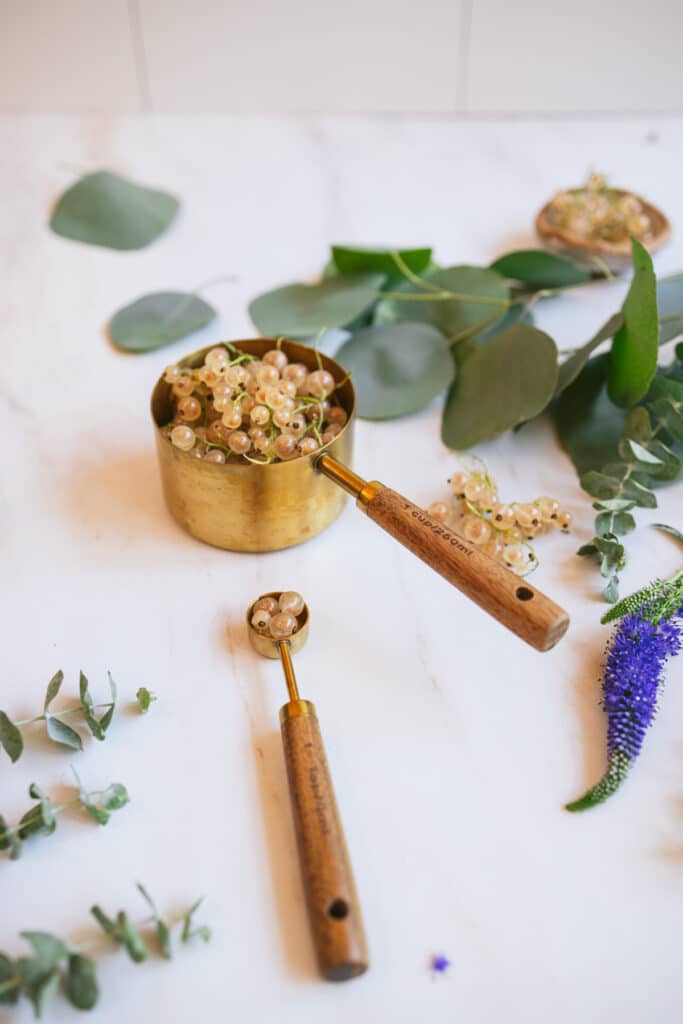
How many teaspoons in one cup?
Let’s delve into the realm of converting teaspoons to cups, as one cup holds the equivalent of 48 teaspoons. This versatile unit of measurement is pivotal in the kitchen, and it’s time to address some commonly asked questions surrounding this conversion.
How many teaspoons are in a cup of liquid?
A cup of liquid contains approximately 48 teaspoons. This measurement serves as a fundamental conversion for liquid ingredients, such as a cup of water. Whether you’re preparing a refreshing beverage or following a recipe that requires precise liquid measurements, knowing the equivalent number of teaspoons in a liquid measuring cup is invaluable.
How many teaspoons in a dry cup?
When it comes to dry ingredients like flour, sugar, or spices, a dry cup typically contains 48 teaspoons. This conversion is crucial for achieving precise measurements in recipes. Leveling the dry ingredients in the cup is an essential technique to ensure accuracy. Whether you’re baking, cooking savory dishes, or exploring new flavors, understanding the conversion between teaspoons and dry cups is an invaluable asset for creating modern recipes.
How many teaspoons of sugar make a cup?
To make a cup of sugar, you will need approximately 48 teaspoons. This measurement is crucial for accurately sweetening recipes and achieving consistent results. Whether you’re baking a cake or preparing a sweet sauce, understanding the conversion between teaspoons and cups of sugar ensures the perfect balance of sweetness in your culinary creations.
It is important to note that a teaspoon of cane sugar, raw sugar, and brown sugar may all hold the same volume, but they will not have the same weight measurement.
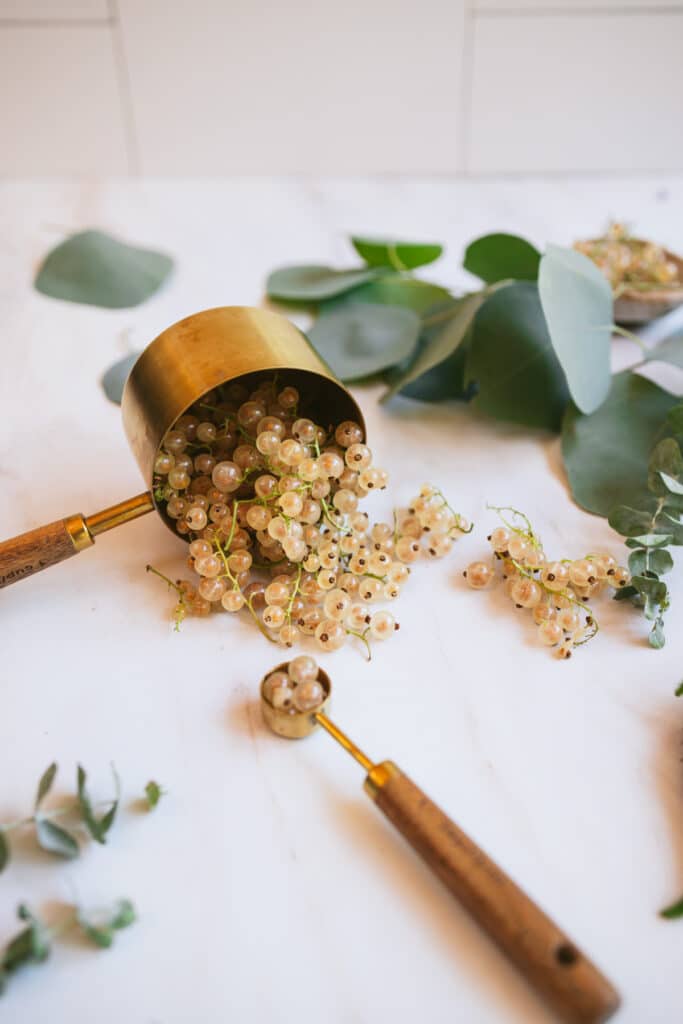
How many teaspoons in a cup of butter?
In a cup of butter, there are approximately 48 teaspoons. This conversion is valuable when following recipes that call for precise measurements of butter. Butter can be measured using either tablespoons or teaspoons, depending on the recipe and personal preference. It is worth noting that butter is often indicated in recipes by weight or by using standard measurements such as a stick of butter or us tablespoons.
How many teaspoons does it take to make ½ of a cup?
To make ½ of a cup, you will need approximately 24 teaspoons. This measurement is equivalent to half of the standard measurement of 48 teaspoons in a cup. Whether you’re scaling down a recipe or need a precise half-cup measurement, understanding the number of teaspoons required allows for accurate and consistent results in your culinary endeavors.
How many teaspoons does it take to make ¼ of a cup?
To make ¼ of a cup, you will need approximately 12 teaspoons. This measurement is equivalent to half of the half-cup measurement, which means it is half of the standard measurement of 48 teaspoons in a cup.
Understanding the conversion between teaspoons and cups allows for precise measurements in recipes, ensuring accurate and consistent results in your culinary creations.
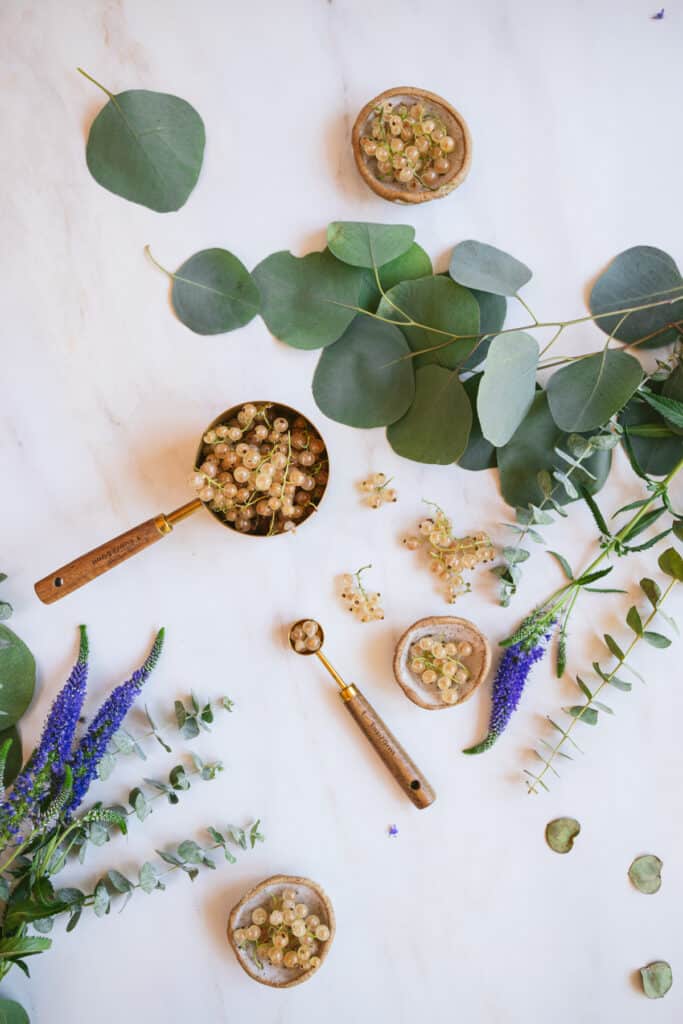
US Cups to Quart Conversion Chart
When it comes to following your favorite recipes or scaling up your modern recipe, having accurate and reliable conversion measurements is essential. To make your cooking and baking endeavors easier, we present a US Cups to Quart Conversion Chart.
This handy chart allows you to quickly convert between these two commonly used volume measurements. Whether you’re preparing a large batch of soup or scaling down a recipe for a smaller gathering, this conversion calculator will serve as your go-to reference, ensuring precise measurements and successful outcomes in the kitchen.
| Teaspoons | Cups |
|---|---|
| 12 tsp | 1/4 cup |
| 16 tsp | 1/3 cup |
| 24 tsp | 1/2 cup |
| 32 tsp | 2/3 cup |
| 36 tsp | 3/4 cup |
| 48 tsp | 1 cup |
| 72 tsp | 1 1/2 cups |
| 96 tsp | 2 cups |
| 144 tsp | 3 cups |
| 198 tsp | 4 cups |
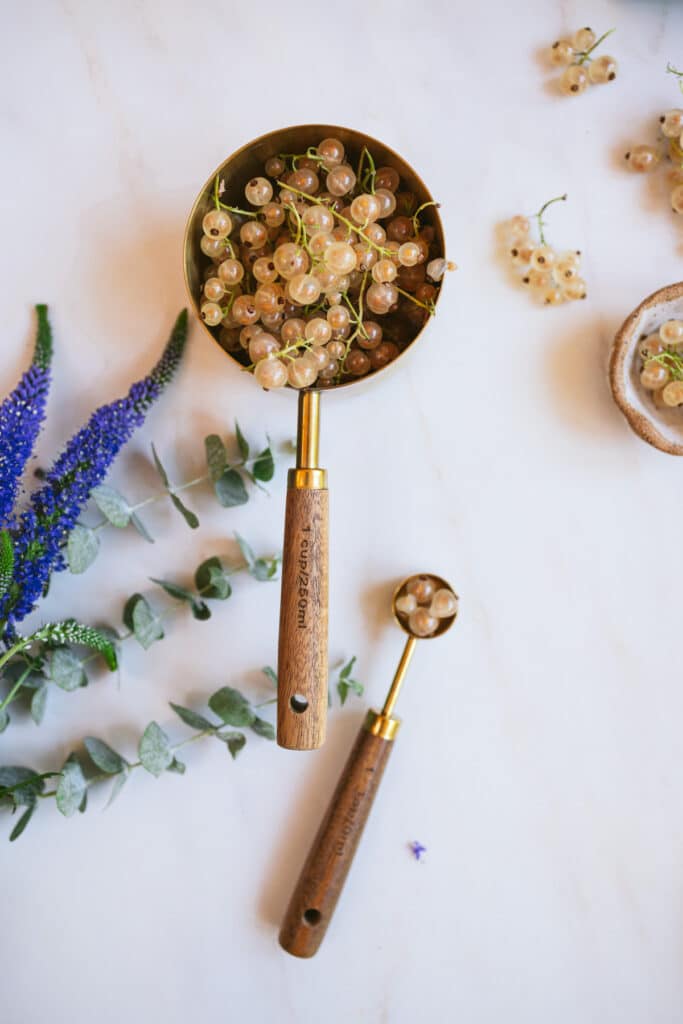
Free Download: Teaspoon to Cups Conversion Chart
I hope you find this free printable conversion chart handy in your cooking and baking endeavors!
What is the difference between a level teaspoon and a heaping teaspoon?
The difference between a level teaspoon and a heaping teaspoon lies in how the ingredient is measured and filled into the teaspoon.
A level teaspoon is achieved by using the back of a knife or a straight edge to level off the ingredient at the rim of the teaspoon. This ensures that the ingredient is measured precisely, without any excess or deficiency. It is commonly used for dry ingredients like flour, sugar, or spices, where accurate measurement is crucial for recipe success.
On the other hand, a heaping teaspoon refers to filling the teaspoon with the ingredient in a way that it forms a small mound above the rim. This measurement is often used for ingredients that add extra flavor, such as spices or herbs, where a little extra quantity can enhance the taste. It provides a more generous and rounded measurement, adding an additional amount of the ingredient to the recipe.
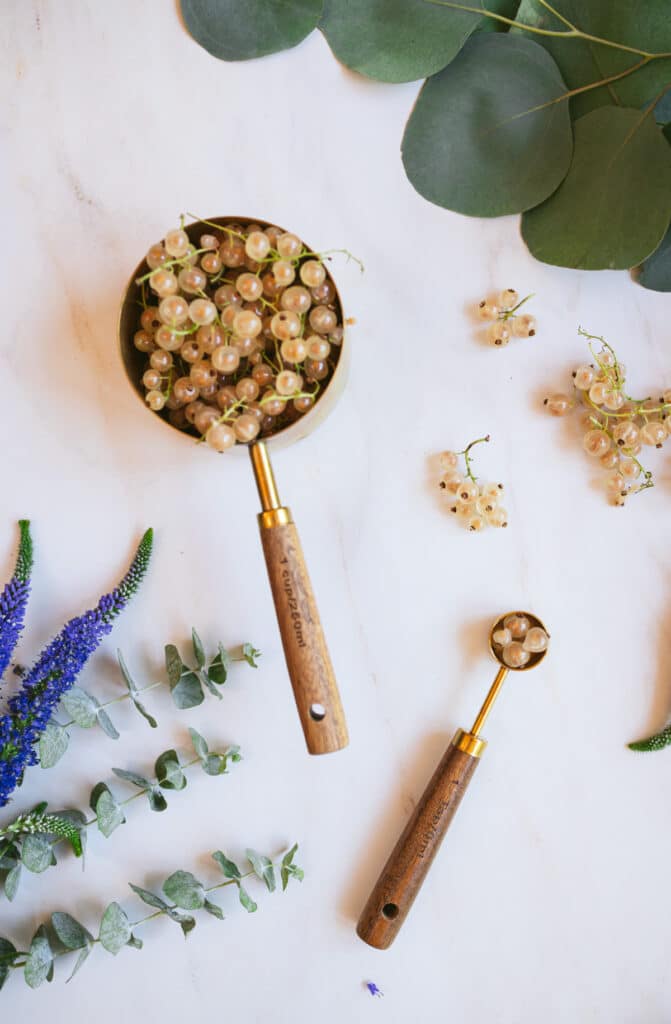
FAQ
No, 8 teaspoons is not equivalent to half a cup. In fact, 8 teaspoons only make up 1/6th of a cup. To get half a cup, you would need 24 teaspoons, as there are approximately 48 teaspoons in one cup.
There are approximately 48 teaspoonfuls in 1 cup. This conversion is a commonly used kitchen measurement, helping with precise recipe calculations.
To attain the best results in modern recipes, it is essential to comprehend the number of teaspoonfuls in a cup. This understanding empowers chefs and new bakers to achieve culinary excellence, enabling them to create dishes with impeccable flavors, textures, and overall balance.
No, 1 teaspoon (1 tsp) is not equal to 1/4 cup. In fact, 1/4 cup is equivalent to 12 teaspoons. The conversion between teaspoons and cups is such that there are approximately 48 teaspoons in 1 cup. Therefore, 1/4 cup is a quarter of that, resulting in 12 teaspoons.
There are 48 teaspoons in a cup of flour, regardless of the type of flour. Whether you’re measuring wheat flour, almond flour, oat flour, or gluten-free flour blend, there are 48 teaspoons in a cup of flour.
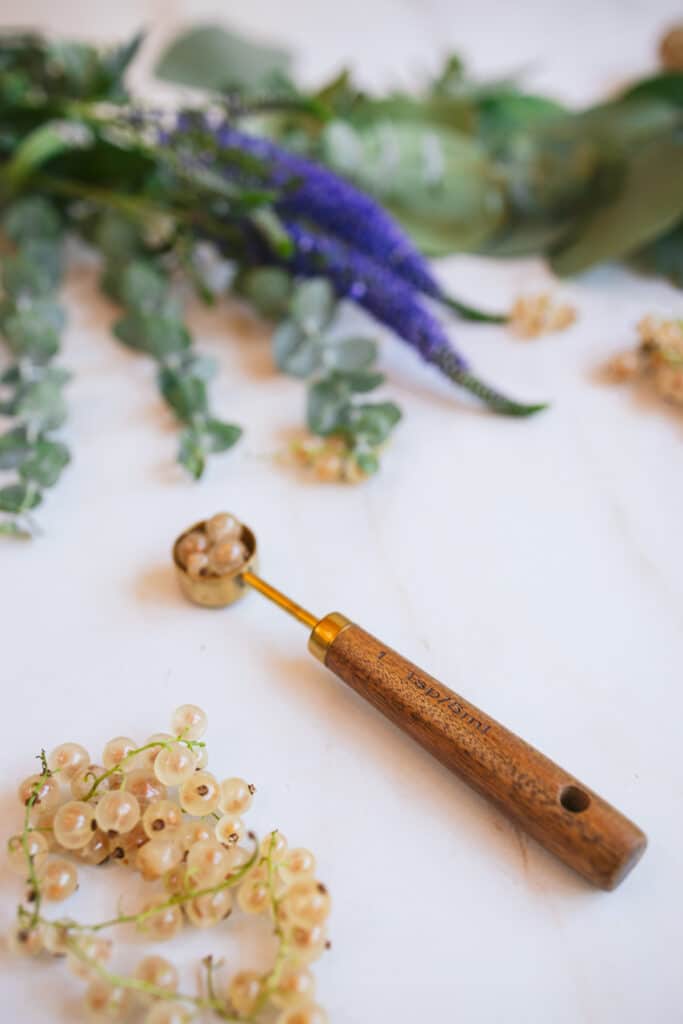
Final Words
In conclusion, the magic of culinary precision lies in the knowledge that there are 48 teaspoons in a cup. Embrace this unique conversion, as it holds the key to unlocking the art of precise measurements in your culinary creations. With teaspoons and cups as your allies, prepare to dazzle taste buds with perfect accuracy and exquisite flavors.
More Measurement Articles
This post may contain affiliate links, meaning I’ll receive a commission if you purchase through those links at no extra cost to you. Please read our full disclosure for more information. Thank you for supporting Raepublic.

Thanks for another great conversion chart!
No problem!